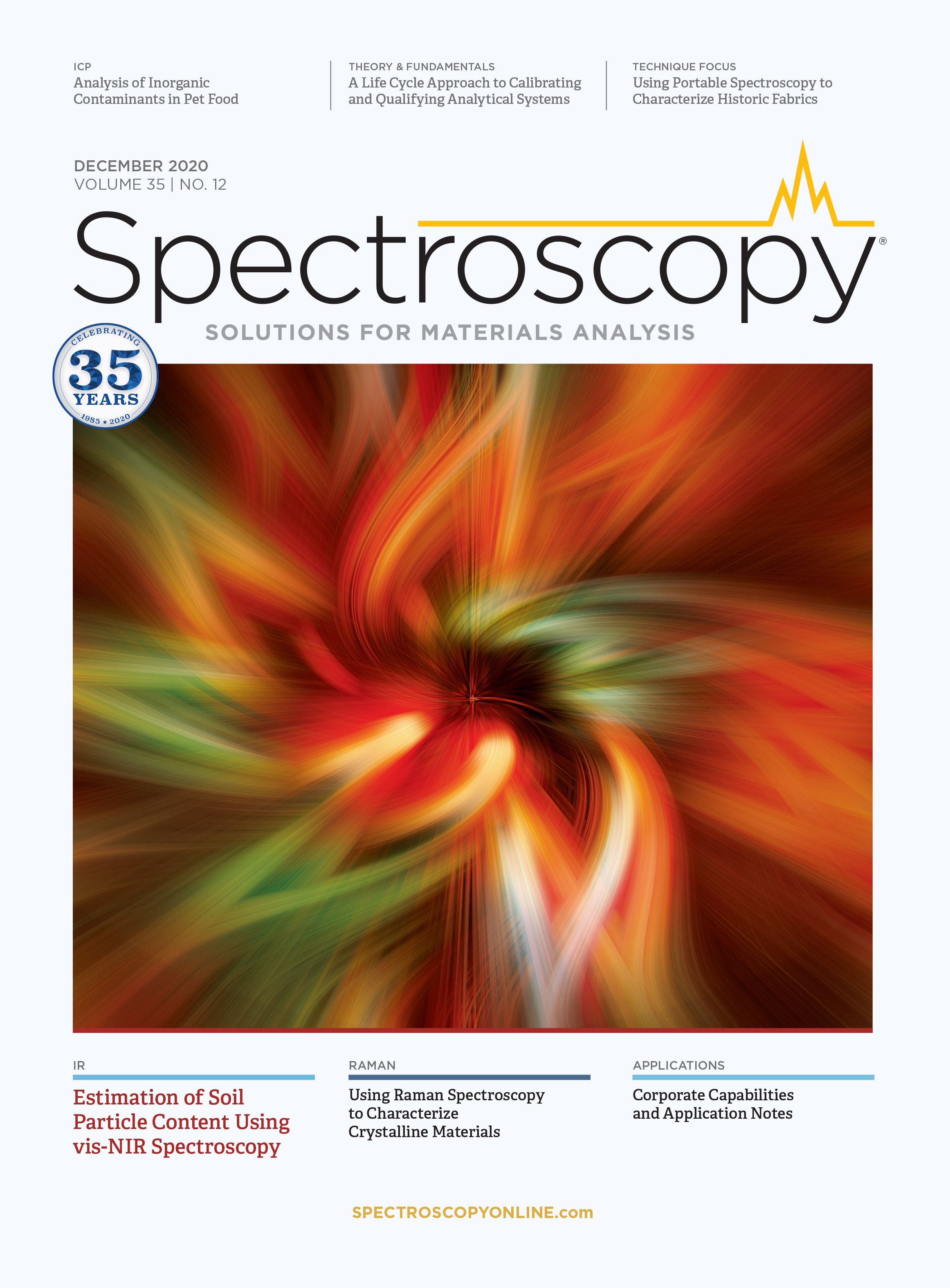An Update on Assessing Heavy Metals in Pet Food with ICP-MS
A 2009 study found many heavy metals in pet food. Has anything changed?
In 2009, a group of researchers conducted a study using inductively coupled plasma–mass spectrometry (ICP-MS) to determine if heavy metal contaminants were present in pet foods (1,2). The team conducted a follow-up study in 2019, using updated cryogenic and microwave technologies for sample preparation before ICP-MS analysis. We spoke to the study’s lead author, Patricia Atkins about these investigations.
What prompted the original study (1,2) and the update?
In my role at Spex CertiPrep I am tasked with creating new and interesting research projects, I often draw from my life experiences and interests for topics. In 2009, I was a grieving pet owner. I felt that I had fed my cats the best foods, but one had died from cancer. I wondered if the food was as good as purported. This was just a year or two after the melamine scandal in pet food. I had the ability to do some testing, so I did.
Since that original study, 10 years had passed and the U.S. Food Safety Modernization Act (FMSA) had been enacted. It seemed time to revisit the study.
Can you briefly summarize the study?
In the new study, we focused only on dry food, as opposed to wet and dry food of the first study. We primarily did that to unify our preparation and analysis. Our dry foods were purchased or donated by employees and ground using cryogenic milling. Each pet food was sampled three times, and run in triplicate with cleaning runs and blanks between samples. All replicates were examined by ICP-MS, and if one replicate appeared contaminated, it was either rerun or eliminated.
Did you see any significant changes since the first study? Have you changed your sample preparation or analysis method over time?
Overall, we found that the levels of heavy metals had not significantly changed in 10 years. Both dog and cat foods had higher levels of arsenic and nickel than what had been found in 2009. Arsenic in 2009 had a maximum of 290 ppb, while in 2019 we saw it up to 690 ppb. Nickel in 2009 had a maximum of 3200 ppb, but in 2019 we found up to 5900 ppb. The levels of lead overall in the 2019 samples had decreased compared to 2009 from a maximum of 5.9 ppm to 0.5 ppm. In our first study, we had surprisingly found uranium up to 0.9 ppm in our dog food samples; in this study, we have found cat and dog food samples containing up to 1.7 ppm of uranium.
Our sample preparation and analysis methods over the decade have change some with new advances in microwave and ICP-MS technologies. Our instruments are more sensitive, and see smaller amounts with the ability to filter out interferences, which in turn increases accuracy.
The first study attracted attention. Did you get any pushback from manufacturers, or any response from any governmental bodies? Do you expect any additional response from this study?
Yes, the first study did receive a lot of attention, both good and bad. I spoke with many pet food manufacturers at conferences, and while they would not publicly comment, many personally agreed with our findings. We also had the Royal Military College of Canada request our pet food samples to try analysis with a new type of instrumentation. We shared our samples, and, overall, their results corresponded with ours. Some of the governmental bodies, including the FDA, did have some feedback. I take these responses and any that may come from our current study as helpful criticism to create better studies in the future. Some requests from this current study was to bring back the wet food studies and include new frozen or refrigerated pet foods.
Have you had any regulatory group or pet food supplier criticize your work on a scientific basis?
There were a few points of contention from the FDA in our 2009 study, based upon how we chose to prepare samples and compare them to feeding amounts and regulatory limits. The criticisms focused around calculating for dry weight of wet food samples, and the amount we standardized to feed pets and using human limits for pets. So, in this study, we focused only on dry food, and used pet food manufacturer feeding guide- lines, but still kept the human reference dosage models.
References
(1) P. Atkins, L. Ernyei, W. Driscoll, and R. Thomas, Spectroscopy 26(1), 46-68. (2011).
(2) P. Atkins, L. Ernyei, W. Driscoll, R. Obenauf, and R. Thomas, Spectroscopy 26(2), 42–59 (2011).
See the full interview at: https://www.spectroscopyonline.com/view/assessing-heavy-metals-pet-food-icp-ms-update.
Patricia Atkins is a Senior Application Scientist at Spex CertiPrep’s Certified Reference Material’s division. ●

Trending on Spectroscopy: The Top Content of 2024
December 30th 2024In 2024, we launched multiple content series, covered major conferences, presented two awards, and continued our monthly Analytically Speaking episodes. Below, you'll find a selection of the most popular content from Spectroscopy over the past year.
Best of the Week: Hyperspectral Imaging, ICP-MS Analysis of Geological Samples, Product Roundup
October 18th 2024Top articles published this week include an article about hyperspectral imaging in human skin research, a peer-reviewed article about analyzing geological samples using atomic spectroscopy techniques, and an equipment roundup piece about the latest products in the industry.